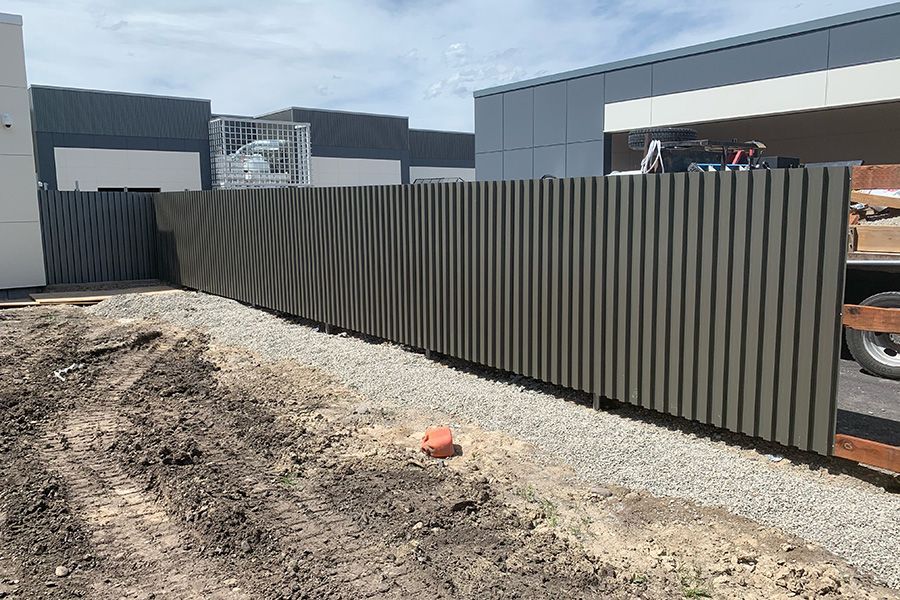Overview of Vinyl and Wood Fencing
When it comes to choosing the perfect fence for your home, the decision often boils down to two popular materials: vinyl and wood. Both options offer unique benefits and drawbacks, making the choice highly dependent on your specific needs, aesthetic preferences, and budget.
In this article, we’ll compare the key features of vinyl and wood fences to help you make an informed decision.

The Advantages and Disadvantages of Vinyl Fencing
- Durability: Vinyl fences are known for their durability, resisting weather damage, pests, and rot for many years.
- Low Maintenance: With no need for painting or staining, vinyl requires minimal upkeep—just the occasional wash.
- Cost: Although vinyl fences can be more expensive to install initially, they offer long-term savings due to their low maintenance needs.
- Drawback: Limited color and style options can make it harder to match certain aesthetics.
Why Consider Wood Fencing?
- Aesthetic Appeal: Wood fences are loved for their classic, natural beauty, and they can be customized with different stains or finishes.
- Cost: Typically, wood fences are less expensive upfront compared to vinyl.
- Maintenance: Wood fences require regular maintenance, such as painting, staining, and repairs, to prevent damage from pests and the elements.
- Lifespan: The lifespan of a wood fence can be shorter, particularly in areas that experience harsh weather or humidity.
Which Fence Offers Better Value: Vinyl or Wood?
Vinyl fences typically cost more upfront, but their low-maintenance nature makes them more cost-effective in the long term. In contrast, wood fences are less expensive initially but require more maintenance.
Vinyl offers long-term value, especially for those looking for minimal upkeep, while wood may be more affordable for those on a tight budget or with temporary needs.
Sustainable Fencing: Wood or Vinyl?
Wood fences are often considered more eco-friendly because they use a renewable resource. However, treated wood can contain chemicals that are less environmentally friendly. On the other hand, vinyl is not biodegradable, but its longevity reduces the need for replacements, lowering its environmental footprint over time.
Consider sourcing sustainably harvested wood or recycled vinyl for a greener choice.
